In a daring move, HTC has made an attack on
the "megapixel race" in the high-end smartphone segments by placing a
4-megapixel sensor on their latest high-end smartphone products, the HTC One.
They emphasize the importance of light sensitivity by using a sensor with fewer
megapixels, and therefore those results in the process of gathering pixels, by
a bright f/2.0 lens, as well as optical image stabilization. They claim that
this combination gives them 300% more brightness than competitors with 8 and 13
megapixel smartphones, and even goes farther when calling it an
"UltraPixel" sensor.
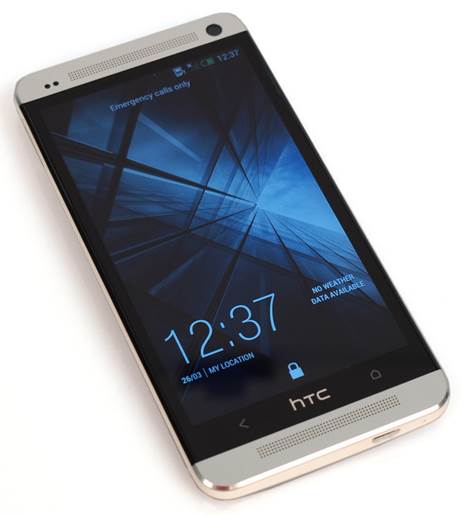
HTC
One UltraPixel
Features
The HTC One and almost all of the other
smartphones with a built-in camera make use of a small 1/3inch sensor, which
means that compared to a standard digital camera, the sensor is much smaller -
see the sizes compared in our guide on digital camera sensor sizes. This means
that each pixel is much smaller as well, and attempting to cram an 8 or 13
megapixel sensor into a small space has made each pixel smaller, with the
latest sensor using a 1.4 (8mp smartphone) or 1.1 (13mp smartphone) micron
pixel size.
Compare to a compact digital camera like
the Canon Powershot S110, with a 12 megapixel, 1/2.33 inch sensor, and two
2-micro pixel sizes, or a digital SLR camera like the Canon EOS 700D with an 18
megapixel APS-C sensor and 4.2 micron pixel size, and you begin to find that
each pixel reaches 2x that is less bright than in a compact camera, or 4x that
is less bright than a Digital SLR camera to each pixel.
It is
only possible to be the One
The HTC One still employs uses a small 1/3
inch sensor, but to get more light to each pixel, it uses a 4 megapixel sensor,
with two 2-micron pixel sizes. This is not the only way of the HTC One in order
to improve low-light performance, it also uses a bright f/2.0 28mm wide-angle
lens, and combined with the feature of optical image stabilization, its
performance will be better than any other smartphones’ in low light conditions.
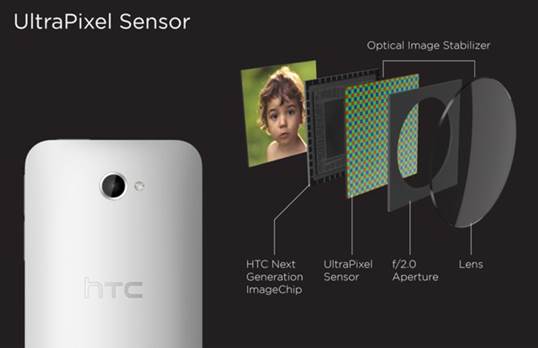
UltraPixel
Sensor
The
main features
·
4 megapixel BSI sensor
·
Pixel size 2.0 µm, Sensor size 1/3'
·
f/2.0 28mm wide-angle lens
·
Optical image stabilization
·
2.1 megapixel front camera, wide-angle lens with
HDR capability
·
4.7inch 1080p screen
·
32GB built in (25.4GB available)
·
Full HD Video, Stereo sound, HDR
·
ISO100 - ISO1600
·
microSIM slot
·
Qualcomm® Snapdragon™ 600, quad-core, 1.7GHz
processor
Processing
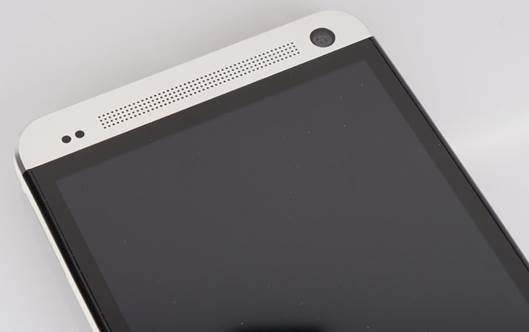
The
product image
It is easy to unlock the shortcuts to web /
cameras / etc. to create the ability of quick access to the applications you
use most often. On the bottom, below the screen are the Android Home and back
buttons, though strangely the third menu button only shows up when the screen
is touched, occupying a part of the screen area. MicroUSB connection and
charging lie at the bottom of the phone, and on top is the unlock button and
headphone socket.
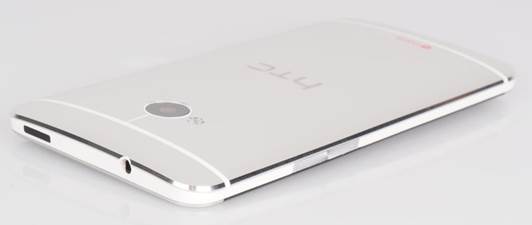
The
unlock button and headphone socket
The unlock button is slightly lifted, but
since the phone has a rectangular shape, so it may take some time to be able to
work in a way that you do not need to look at it, when you first get it. On the
side are the textured volume buttons.
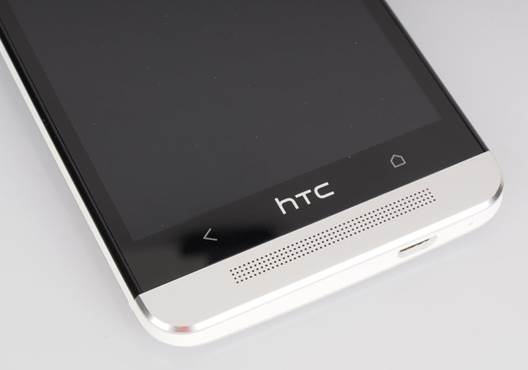
The
speakers of the product
Facing forwards are the "Beats
Audio" stereo speakers, which is able to produce good quality of sound and
clarity, although as expected they have low bass. The phone with the latest
version of Android can access to the Google Play app market, with all the common
image applications such as Instagram etc., and as an HTC phone with a few
additional unique HTC applications have been included in this operating system.
Performance and responsiveness of the phone and the apps are great with the
programs loading quickly and the screen responding fast when touching.
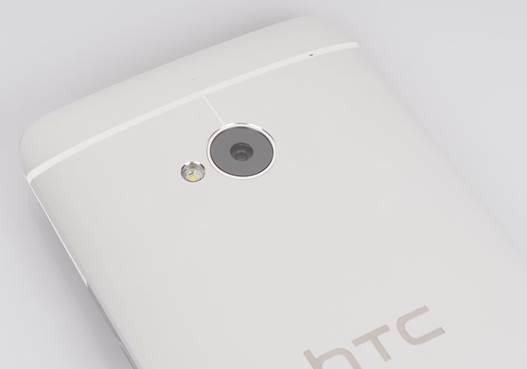
The
rear camera
The HTC One features a silver body that is
made out of aluminum; and is ultra-thin, 9.3 mm thick. There is nothing to
protect the lens on the rear, so a shell or the actions while using the phone
camera should be carefully encouraged, and similar to other smart phones, it is
important to ensure that the lens is clean because it is easy to have
fingerprints on the lens. Build quality seems to be great, and the phone has
been integrated the memory inside and is designed with the inside-rechargeable
2,300mAh battery.
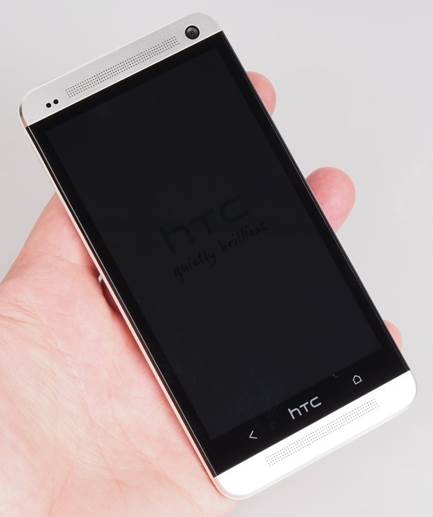
The
product image
Speed
We took a number of shots to check the
responsiveness of the camera, switching from the first picture, one to one, the
focusing speed etc. We took some photos and then used the average to make sure
that the tests are accurate and consistent, making it easy to compare with
other cameras.
·
Shutter Response: <0.05s
·
Wide – Focus / Shutter Response: 0.05s
·
Switch on Time to Taking a Photo: <15s
·
Shot to Shot without Flash: 0.2s
·
Shot to Shot with Flash: 0.9s
·
Continuous Shooting – JPEG: 9fps (20 shots)
The process of continuous shooting is at
9fps, and for 20 shots, although you are able to take more than 20 pictures.
Continuous shooting time is great and there is nearly no delay in the focus
process.